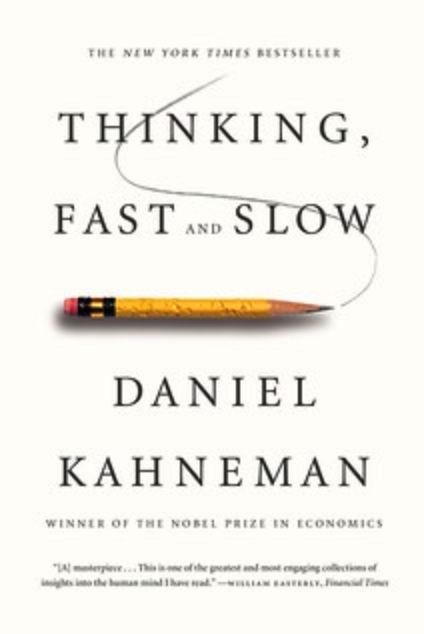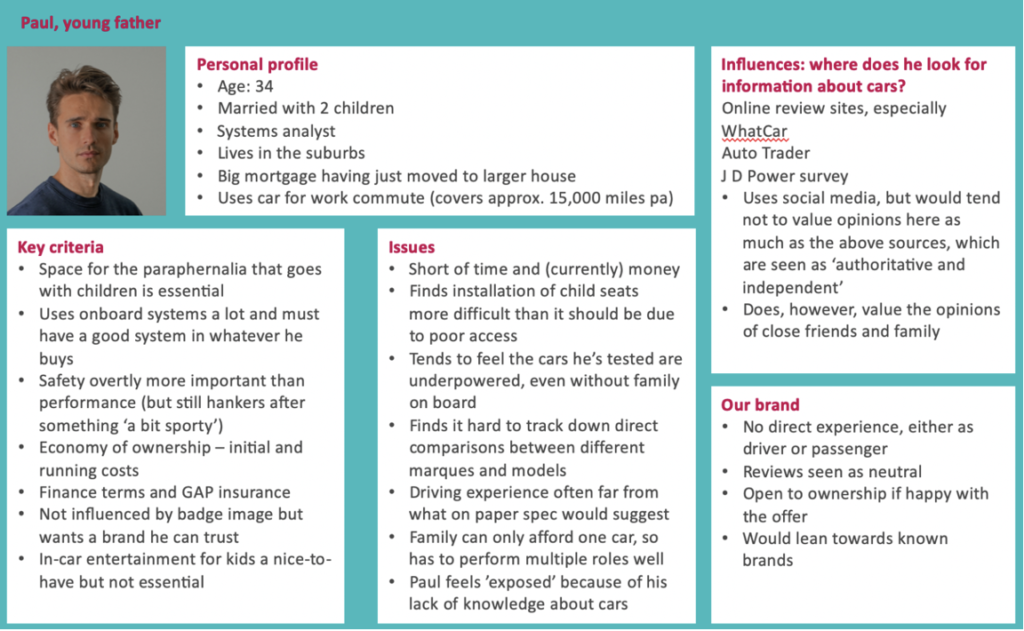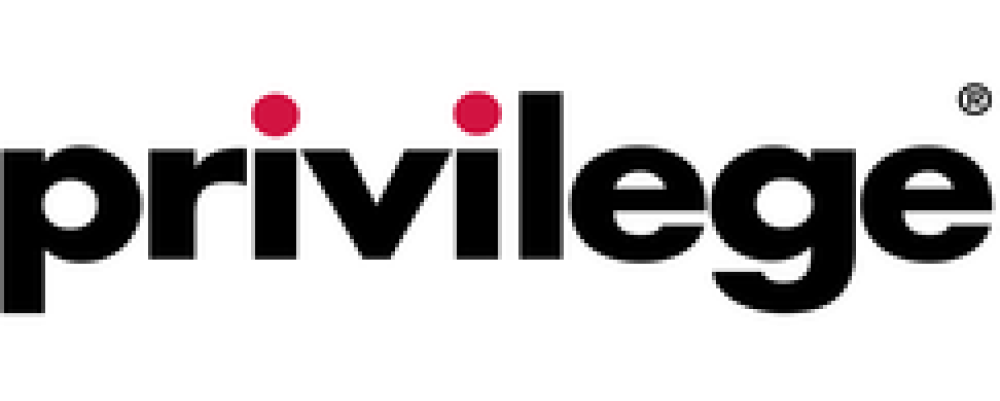Introduction
In this 10-minute article we explain how to build a strong brand – or make a strong brand stronger. We consider what a strong brand looks and feels like from the point of view of the target audience, and the individual initiatives B2C or B2B brand owners (particularly owners of new brands) can take to enhance the strength and competitiveness of their brands.
What is a strong brand?
Every heard someone say ‘I just love that company’ or ‘that brand is so me’ – or words to that effect’?
If you have, chances are that it is because they are part of that brand’s target audience and everything that brand says and does, as well as what it stands for, has been deliberately configured to generate that sort of reaction.
If the brand can elicit the same sorts of feelings and comments across its target audience, then it can reasonably be assumed to be strong brand.
But strong brands shouldn’t just be judged on the basis of the reactions of their existing customers. In fact, the greatest test of a brand’s strength lies in its ability to convert newcomers to it.
Consider what happens when a customer is buying a product or service for the first time and has a number of potential suppliers to choose from. Imagine too, that those supplier offers are entirely similar in terms of their features, benefits and prices. What causes the consumer to choose one brand over another?
The answer is that it will probably come down to brand strength which, in turn, depends on each brand’s mental availability (the extent to which it comes to mind at the moment of purchase) and the extent to which each is perceived (either consciously or subconsciously) to be most relevant and differentiated by the consumer.
Relevance and differentiation can be evaluated at a conscious (System 2) level, based (for example) on a comparison of individual features and benefits. Or, they could be evaluated at a sub-conscious (System 1) level, based on the customer’s exposure to various things the brand has said and done over time.

In fact, the strongest brands are those that resonate sub-consciously as well as consciously, because;
- As much as 95% of our brand decision-making in certain sectors is conducted at a sub-conscious level
- It is in our sub-conscious that our emotions reside and brands that can engage with our emotions have the potential to establish a far stronger rapport with consumers than those that only resonate at a rational level
How do you build a strong brand?
But how does an organisation go about creating a strong brand that comes to mind at the critical moment, feels relevant and differentiated in terms of the competition?
1. DEFINING AND UNDERSTANDING YOUR CUSTOMER
In a previous article, we defined a brand as ‘the sum of the customers’ perceptions of the organisation, based on their direct and indirect experiences of it’.
Depending on whether it is a B2B or B2C brand, this may include its advertising, social media and press, packaging, its instore presence, the behaviour of its sales representatives, its delivery lead times, and the quality of its customer service.
But, to know how each of those elements needs to be ‘presented’ it is first necessary to understand the target audience, not just demographically, but also in terms of their brand-related needs, expectations, priorities and behaviours – at both rational and emotional levels.
Without this level of customer understanding (particularly at the emotional level) it simply isn’t not possible to create a strong brand.
Understanding your customer to this extent requires both qualitative and quantitative research. Qual to identify and explore those elements and then quant to understand the relative important of each one.
This type of research-led approach enables the development of more insightful, attitudinal and behavioural segmentation models, which in turn act as lenses for the development of stronger brands.
To really bring those segments to life for internal audiences, customer personas can also be created, so that focus on what really matters to your customers as you develop your products, services and marketing strategies can be maintained.

2. UNDERSTANDING YOUR COMPETITION
But to develop a strong brand, it isn’t nearly enough to just understand your target audience – you also need to understand your competitors to a similar degree, in terms of their;
- Target audience
- Propositions and positioning
- Core features and benefits
- Distribution and communications structures
- Pricing.
One of the biggest mistakes a new brand can make is place itself in direct competition with an established competitor, in terms of its positioning and proposition – even if it has an advantage in its pricing.
The first job of a newcomer brand is to identify if and where space between the existing brand ‘big hitters’ – space which it can own and defend with its own positioning.
Already-established brands have a head-start in this regard, because they have the recognition and credibility to be bold in terms of launching new propositions that;
- Are different – and more compelling (think Dyson)
- Require consumers to believe they can provide high levels of quality at lower prices (think Lidl or Morrisons)
- Are based on a customer experience that is a significant departure from the norm (think Uber)
- Targets customers whose needs are not being fully met by the existing brands with a solution at a significant price premium (think BUPA)
If they can identify that space and then own it, they can justifiably be considered strong brands.
Market mapping
For brand newcomers to identify those spaces in the first instance, a comprehensive mapping exercise is often needed, whereby brand and customer segment profiles are effectively overlayed, to identify potential ‘hotspots’, where existing consumer needs are not being fully met – or where new ones can even be created.
Volvo’s positioning is an obvious example of this. The brand has been synonymous with vehicle safety since the 1950’s, when vehicle safety wasn’t even a thing! In today’s car market it would still be hard for most consumers to tell what separates one car marque from another, yet the majority would instantly associate Volvo with vehicular safety.
Although Volvo’s positioning doesn’t appeal to the boy racer end of the market, it resonates strongly with the more mature and family-oriented sector that Volvo targets.
By owning vehicle safety and helping consumers across the world to understand it’s importance, Volvo has gained an almost unassailable brand positioning today.
Of course, most of today’s B2C and B2B brands operate in sectors that are highly congested and it simply isn’t possible to identify uncontested brand space. In these instances, if a brand newcomer isn’t bringing something genuinely new to the party, it has other means of developing brand strength;
- Learning from the competition, copy their winning principles and then adding their own twist (think Tiktok)
- Developing a highly differentiated advertising and marketing communications approach, that enables the brand to outperform its competition in terms of mental awareness (unfortunately, this approach requires the sort of budget that is well-outside the spend of most new brands.
Also, much can be learned from failing brands in the sector. Why weren’t they more successful? Where did they doing wrong?
3. DEFINING YOUR BRAND PURPOSE
Over the last 10 years, brands and branding have undergone significant, structural changes, reflecting a fundamental shift in the mood and priorities of the world’s population. This has also caused many marketers to reconsider the criteria for brand strength.
Today, we are increasingly aware of the damage being done to society and the planet by many of the brands that serve us, as they try to keep up with the growing demands of consumerism.
In response to this growing shift in the consumer mindset, many brands have started to re-examine their wider societal roles and responsibilities. As a result, inward-looking brand components like brand vision and brand mission are increasingly being replaced by a more outward-looking and altruistic brand purpose statements which encapsulate the brand’s higher purpose.
Of course, a brand purpose statement on its own is of little value – and can even damage a brand’s reputation – if it not seen to be acted upon. But brands that deliver on their brand purpose statements can find themselves being regarded in a totally different way by consumers with a similar mindset.
Examples of purpose statements which on which brands totally deliver include;
- Unilever: ‘To make sustainable living commonplace’
- Tesla: ‘To accelerate the world’s transition to sustainable energy’
- Starbucks: ‘To inspire and nurture the human spirit – one person, one cup and one neighbourhood at a time.’
- Dove; Discovering the value of ‘real’ beauty and improving self-esteem worldwide
There are more examples and insights into the importance of having a clear brand purpose in this previous post.
Of course, a brand doesn’t need to leverage its specific brand purpose to gain the sort of kudos that contributes to brand strength. Consider the press and public endorsement gained by these brands for their altruistic behaviour during the pandemic;
- Sainsbury’s, Tesco, and Waitrose were applauded for their approach to protecting the vulnerable. This included reserving home deliveries for those in isolation and providing priority shopping hours for NHS staff.
- Dyson received significant press coverage with the news that it was manufacturing 15,000 ventilators for UK hospitals to help fight the coronavirus
- Brewdog started using its production facilities to produce anti-bacterial hand gel in response to the national shortage.
As a result of their actions, each of these brands also became stronger (if only temporarily), by boosting levels of top-of-mind awareness and popularity.
4. GIVING YOUR BRAND A DISTINCTIVE PERSONALITY
Now we have identified the key components of a strong brand, they need to be combined in a way that brings both them – and the brand as a whole – to life, through what is says and the way it behaves.
Left to its own devices, every brand eventually adopts its own personality, which tends to reflect its management layer and the way it behaves internally and with customers.
By choosing to adopt a distinctive and memorable personality that also projects the other elements of its brand, a newcomer can present a more 3D persona to its target audience, one that enables it to punch above its weight in the mental availability stakes. Check out the twelve brand archetypes to identify which feels closest to your brand.
Alternatively, a brand can opt to enhance elements of its personality at a tactical level only, to make headway with a particular element of its target audience. Whilst you wouldn’t expect a firm of accountants to use the same language or tone of voice as a company selling video games, if that firm decided to target young video game developers, by adopting the sort of language and brand behaviour they are used to, it would make total sense and help them stand out from the many ‘safe but dull’ options available!
Virgin is a brand that has maintained its informal and personable image despite operating in wide range of fields, from airlines to financial services. Whatever the sector, the Virgin brand is distinctive and immediately recognisable based solely on the personality it projects in its communications and in the customer experience it provides.
5. TELLING YOUR BRAND’S STORY
Another way of making your brand more 3-dimensional is through storytelling. Everybody has a story to tell – one which enhances their credibility or creates empathy.
Every brand has such a story too. Telling your brand’s story and building new stories as you grow will engage your customers far more than if you merely try to sell to them.
Stories can be factual. For example, they can be used to explain how the business came about and the inspiration for it. In this way they can lend credibility to a brand’s positioning or purpose.
For example, Waitrose tells its suppliers’ stories to reinforce its brand’s commitment to ethically sourcing the finest quality food.
Or, stories can be creative, playing on the brand’s personality. When the Mini was relaunched in 2001, the marketers built on the original’s reputation as a fun, British icon by producing adverts that related to a series of ‘Mini Adventures’.
Social media makes building stories much easier than it used to be, especially as customers themselves can contribute to your brand’s storytelling by posting their own thoughts and experiences.
Like everything about your brand, its stories have to be authentic. If they diverge from your actions, your brand will suffer.
6. USING THE SAME KEY ASSETS
Consistent messaging reinforces brand strength still further – a handful of key messages that act as shorthand for the brand and everything it stands for. These messages should be present to one extent or another in all your marketing communications. They should follow on naturally from your brand’s purpose and remain consistent in tone across all the channels you use to get your brand across – its looks very odd and smacks of insincerity if different messages appear in different places.
The same language and key messages should be used on your website, in brochures, on social media and in your advertising. Get it spot on and your customers will be able to recognise your brand within seconds, something that can be helped enormously by addressing the final requirement…
7. HAVING A MEMORABLE LOGO AND TAGLINE
Many people when asked to describe a company’s brand will describe its logo. It’s not an unreasonable response because logos embody in a symbol everything that a brand represents.
In behavioural economics, logos are an example of heuristics – visual shortcuts that convey a lot of information in an instantly understood form.
The small ‘bite’ taken out of apple symbolises quality, innovation and everything else about Apple. There is no connection whatever between apple the fruit and Apple the company, but the brand is now so powerful that all the values and ethos of Apple are instantly identified with that simple logo and nobody struggles to understand what it stands for.

The best logos are distinctive and simple, but thanks to the power of the brand behind them, they convey a clear set of messages.
In Summary
Brand strength isn’t the preserve of big brands, nor is it something that only brands with large budgets can achieve. It requires a mixture of diligence and creativity to develop all the brand building blocks covered in this article and then combine them within a 3-dimensional brand personality that can be brought to life through the brand’s products and services, its packaging, its advertising and the customer experience it provides.
At its core is insightful market research.
For more information on how Brandspeak can help you to develop a strong B2C or B2B brand please contact us on enquiries@brandspeak.co.uk or on 0203 8580052.














